Most travelers know that bigger isn’t categorically better. The smaller, simpler things tend to be the sweetest; when concentrated in essence, we more clearly sense the heart. Take apricot seeds, for example, which I recently discovered in Durnstein, Austria. They are tiny, buttery kernels that taste like nothing except for their lingering flavor—a faint, sweet tang immediately recognizable as apricot. The soul of the fruit exists long after the crunchy bite.
This is what traveling via an AmaWaterways river cruise is like: concentrated bites of Europe that clue you in to flavors you might have missed. Its “Melodies of the Danube,” a week-long cruise from Budapest, Hungary, to Vilshofen, Germany, condenses five stops in four countries to the beat of its own gently lapping drum. Onboard the AmaLea, both the passenger list and the crew size are perfectly proportioned to reflect the heart of hospitality. Carrying, on average, one tenth of the passenger size of ocean-based cruises, the ship can be more adaptable with its menus and also with where it gets ingredients.
“On an ocean liner, you have a picture and you just [cook] until they tell you stop,” explains AmaLea Executive Chef Daniel Tanase, indicating that kitchens on larger cruises often operate in a regimented, constrained manner. “Here, no. We’re not following pictures or machines. We are going out and buying local.”
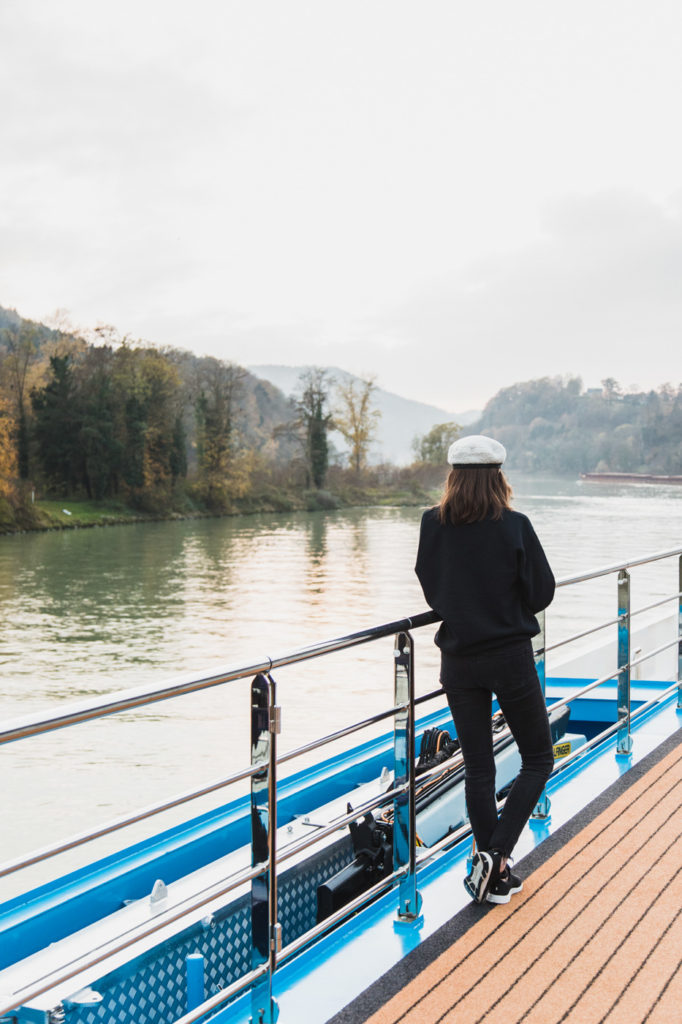
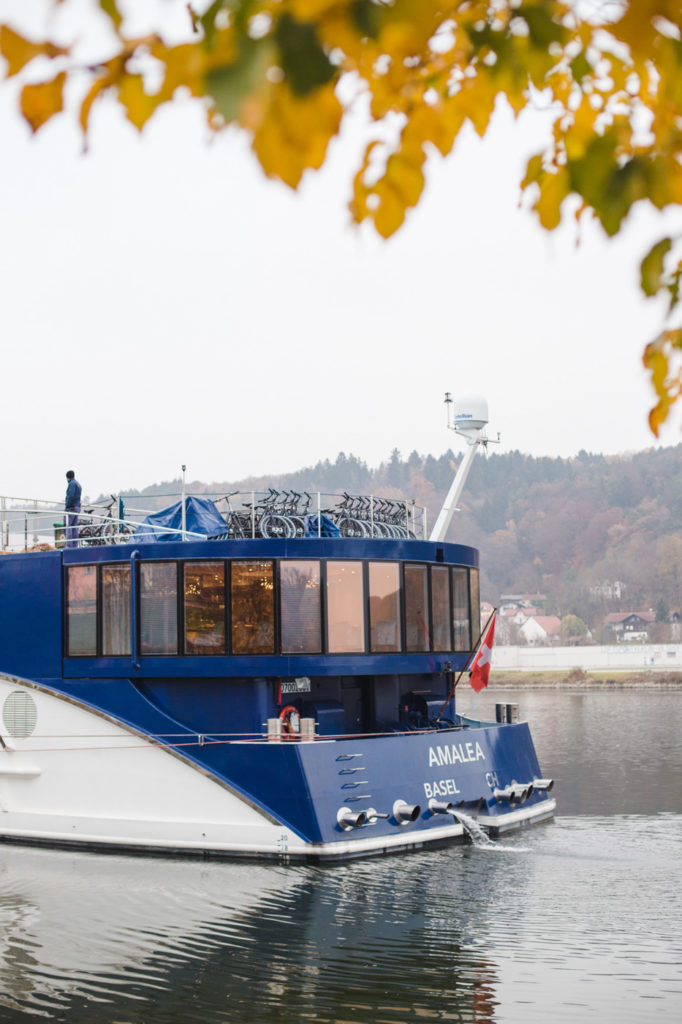
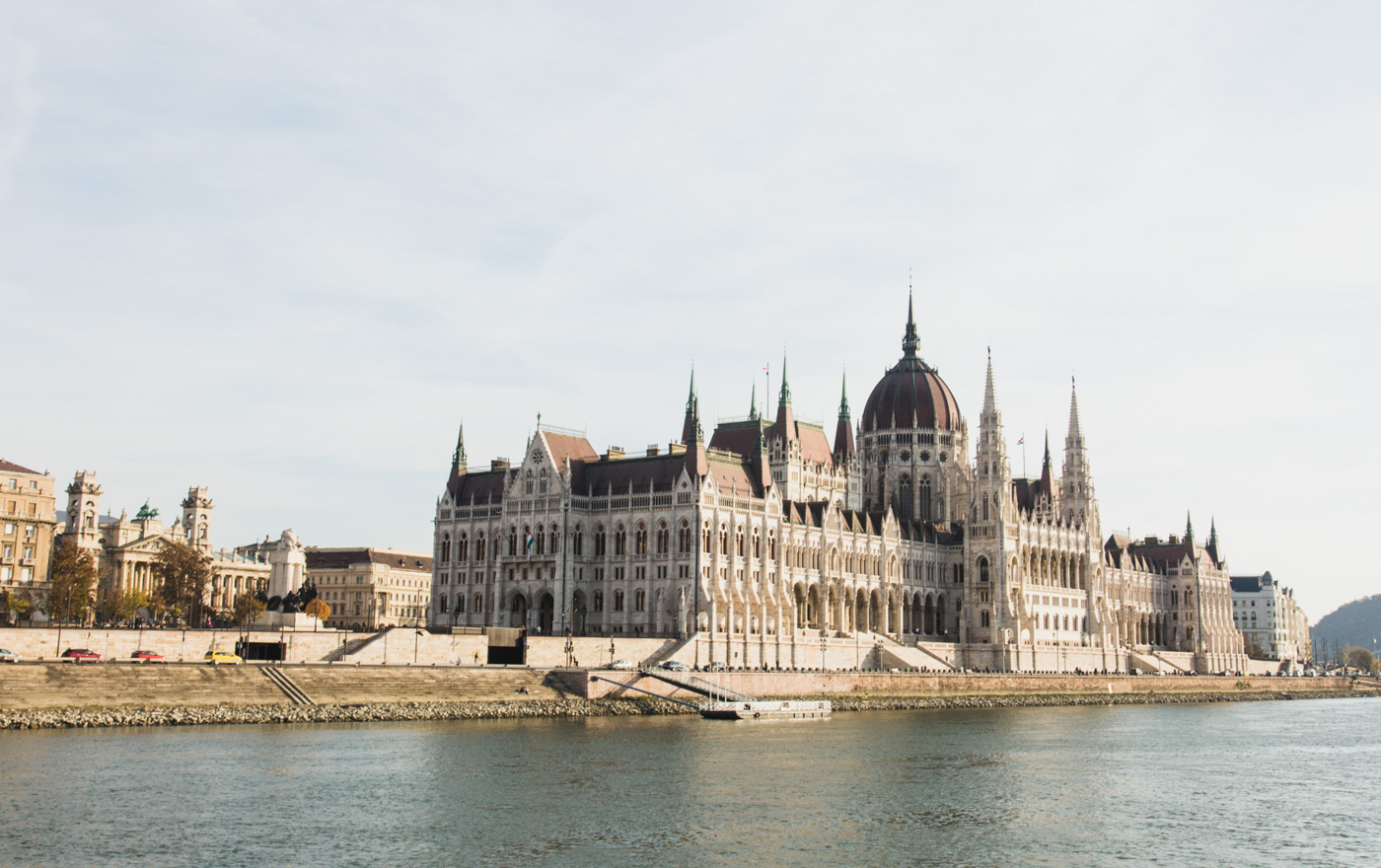
Tanase, originally from Bulgaria, worked his way up through French and English fine dining in London before joining AmaWaterways four-and-a-half years ago. Today, as executive chef, he oversees every meal served to 150 guests over a seven-day trip. With a crew member serving up to three guests, the AmaLea provides more individualized attention than your average pre-packaged cruise.
“We care more, especially on my ship,” Tanase beams, explaining the responsibility he has to tend not only to what goes out from the galley, but what returns to the kitchen as well.
In order to make sure every plate successfully comes back empty, Tanase regularly checks in with those seated in his dining room. While menus are typically planned weeks before a departure, he reserves the flexibility to ensure a mix of familiar dishes can also be prepared last minute based on the feedback he receives.
“It’s showing a little affection for the guests, especially when they are coming from so far away to your side of the world,” Tanase says, addressing the balance to please particular travelers while still exposing them to new cuisine.
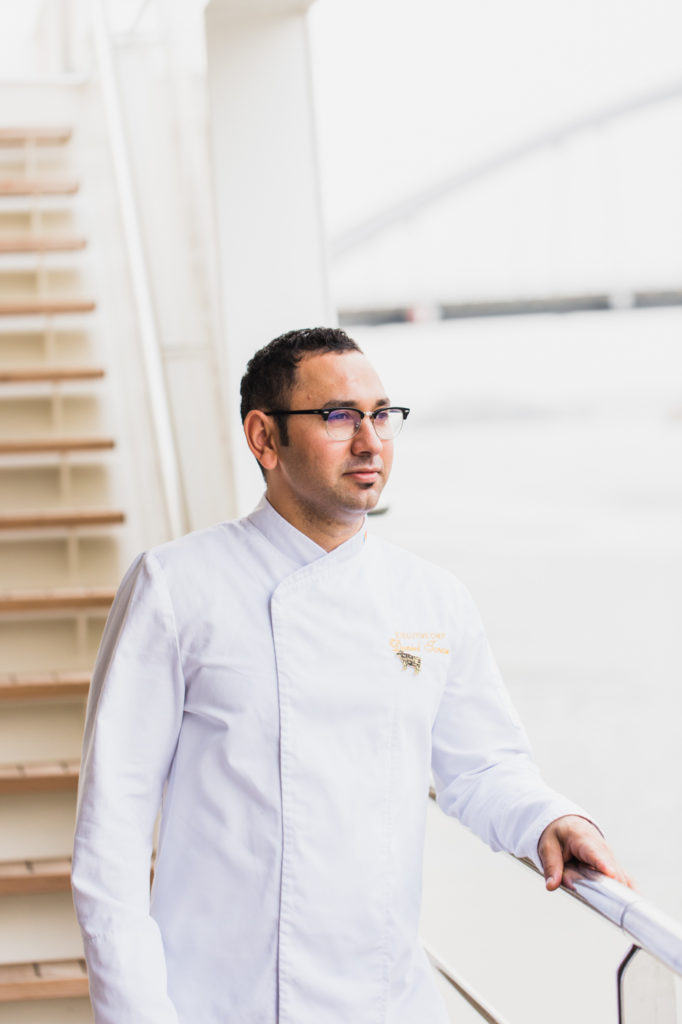
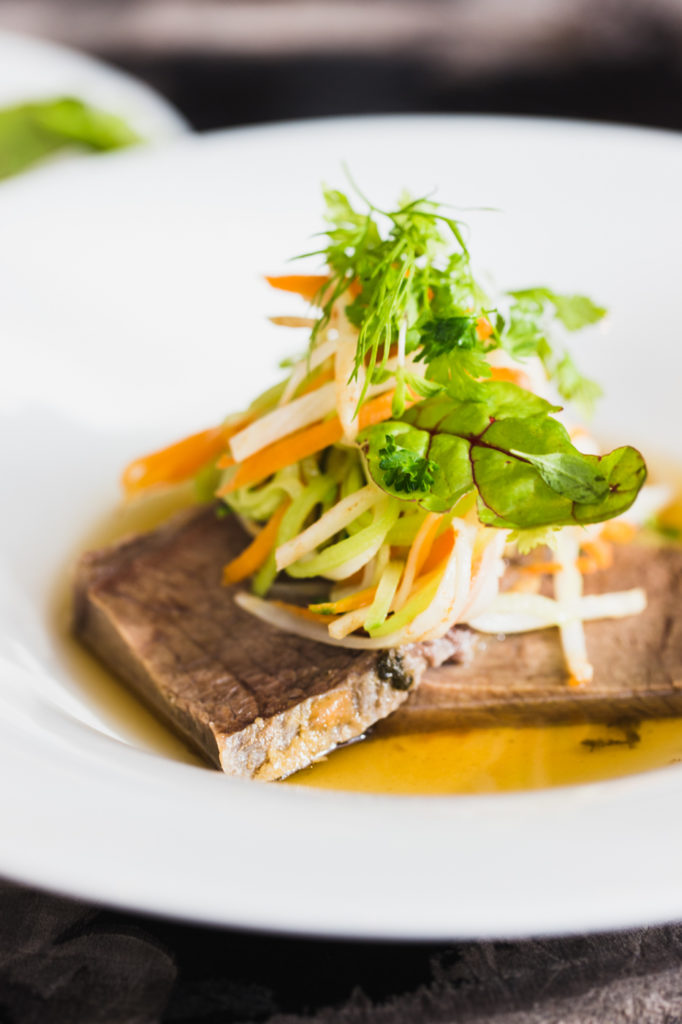
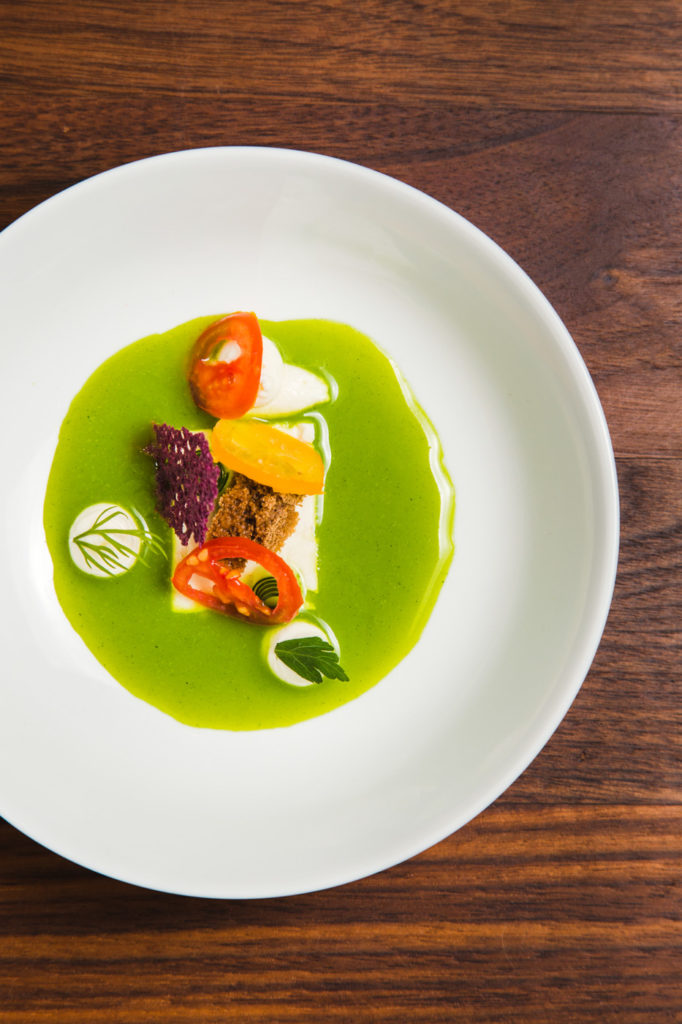
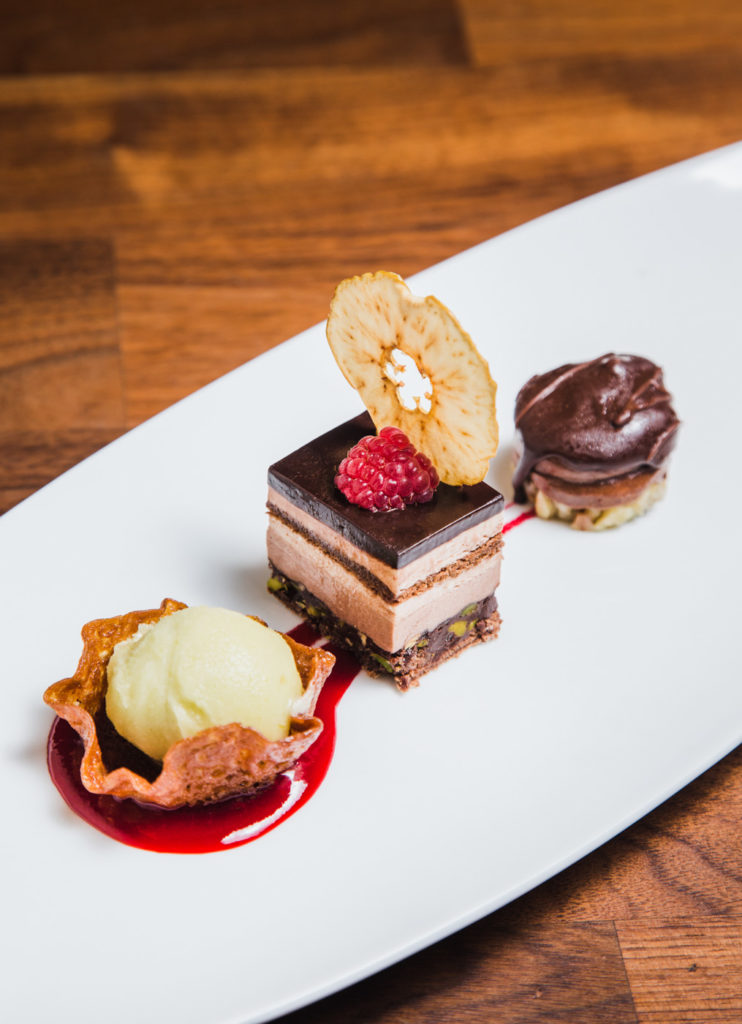
Time aboard the AmaLea varies in structure and activity depending on the sailing distance between ports. One day could mean sampling poppy seed pastries with a local guide in Budapest’s Great Market Hall, a bike ride to the baroque Melk Abbey with stops for regional beer, or a glass of rare late harvest vintage at an eighteenth-century castle.
The given for every day, though, is meal time. Breakfast, lunch and dinner are always served on board. That’s where Tanase prides himself on offering dishes that both satisfy and stand out, like triple-layer vegetable lasagna, perfectly crisped potato wedges, spicy Hungarian goulash, cheesy German spaetzle, or even locally-sourced lamb with thyme au jus. Regional wines are paired with every course, depending on where the ship is located, and attentive servers are eager to recommend a Tokaji, a Zweigelt, or even a beer by the time the ship docks in Passau, Germany. Every dinner feels like an extension of the day’s coordinates.
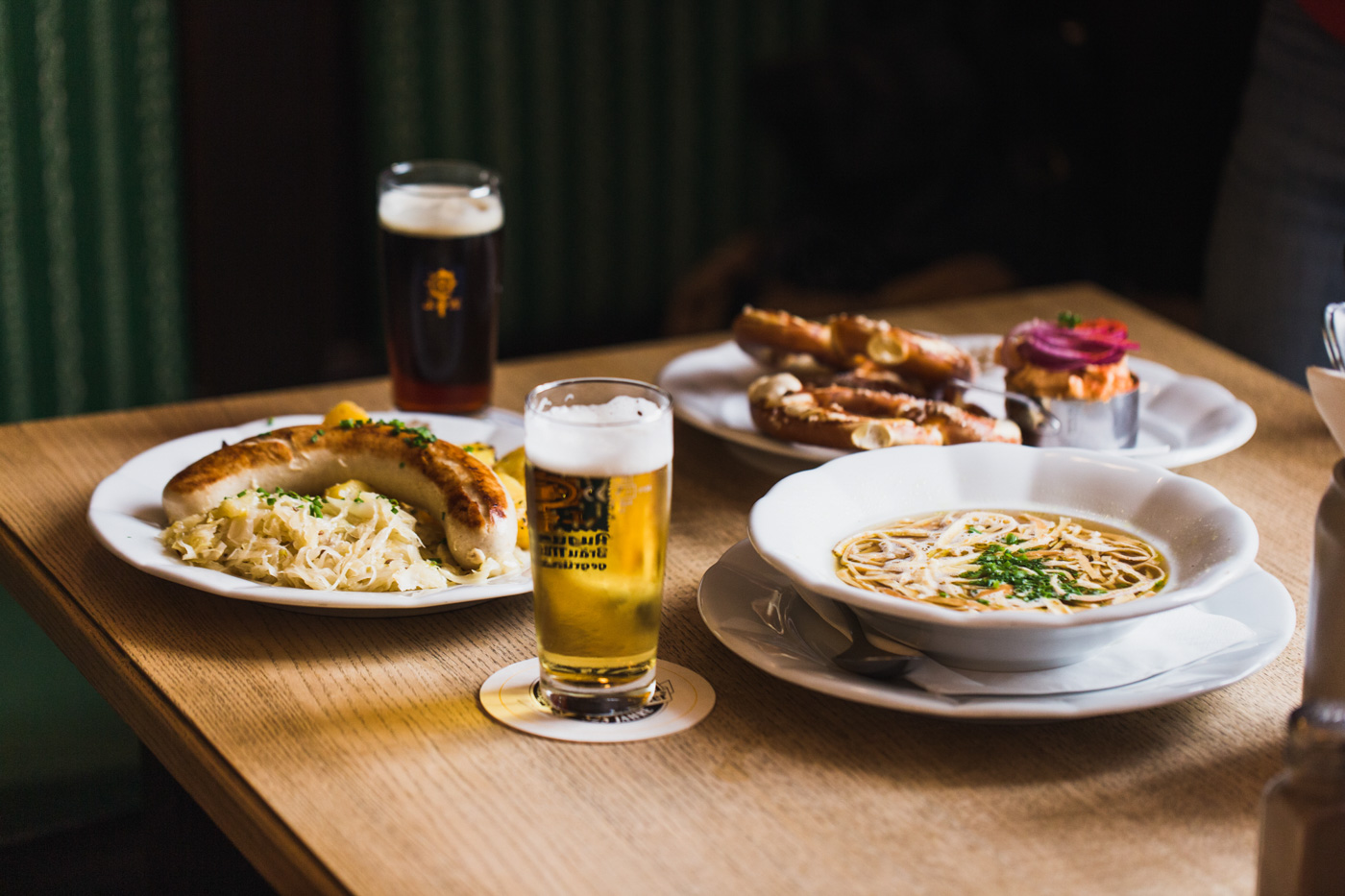
Fittingly, Tanase has food vendors at every port, connections that were passed down from other chefs and members of the greater AmaWaterways culinary community. To him, that’s a nonnegotiable for quality, as is never using powders, MSGs, or microwaves to prepare his dishes. “If you want to make good food, don’t run thousands of kilometers away to import [it], because it’s going to come frozen,” he says. “Use your local fresh fish and vegetable as fast as possible on the plate.”
On the AmaLea, there’s just one small freezer for homemade ice cream. Everything else is kept in refrigerators or delivered locally at different ports. Menus are planned ahead to reflect loading times, on which days the ship will dock where and what local fish, fruit and vegetables are available.
“I like to go into the small villages because I grew up in a small village,” Tanase tells me. “I know what it means to make homemade jam using the best apricots in the world.”
Cue Durnstein: the pastel-painted town where the apricot is an unofficial mascot. With a population of less than nine hundred, Durnstein is the AmaLea’s smallest port of call, but it’s easily the route’s crown jewel. From atop its highest point, Burgruine Durnstein—the crumbling medieval castle that famously jailed King Richard the Lionheart-—you can take in the entire Wachau Valley, an eighteen-mile stretch of Danube framed by steep vineyards and storybook church spires. It’s one of Austria’s most notable wine regions for gruner veltliner and riesling, and for nearly one thousand years over seventy percent of its residents have earned their living from wine production.
“Wine production always was, and still is, the major income source here,” says Martin Wicke, founder of the Durnstein-based Wachaupur, a small company which focuses on wine tourism in the area. Guests of AmaWaterway’s culinary excursions are privy to a detailed jam and liquor tasting in the center of town. With it, Wicke explains why Wachau apricots are so revered locally.
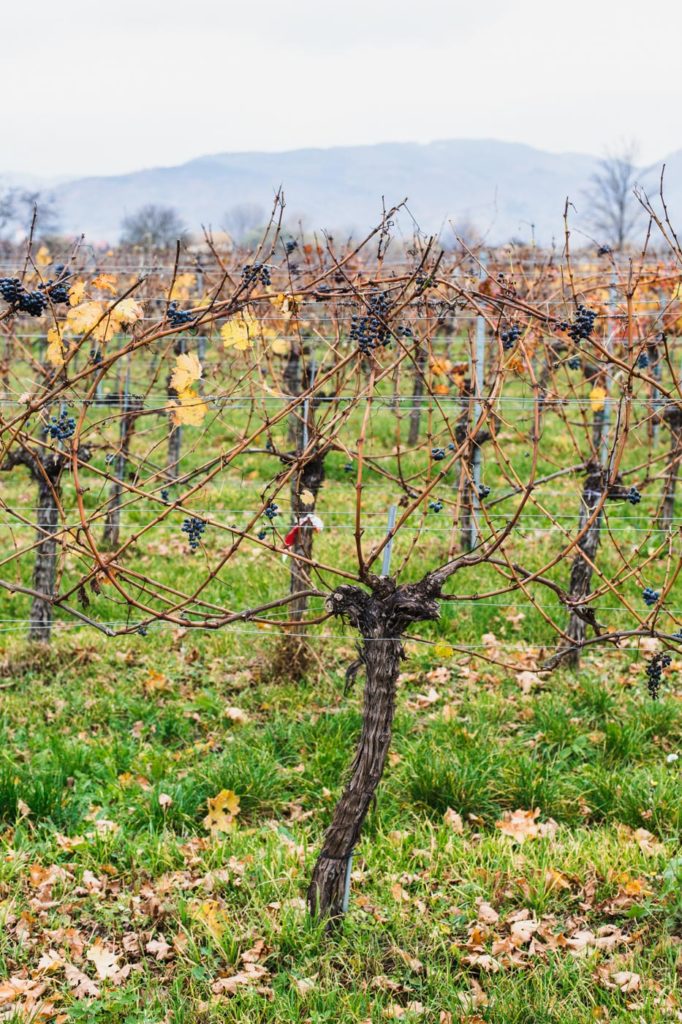

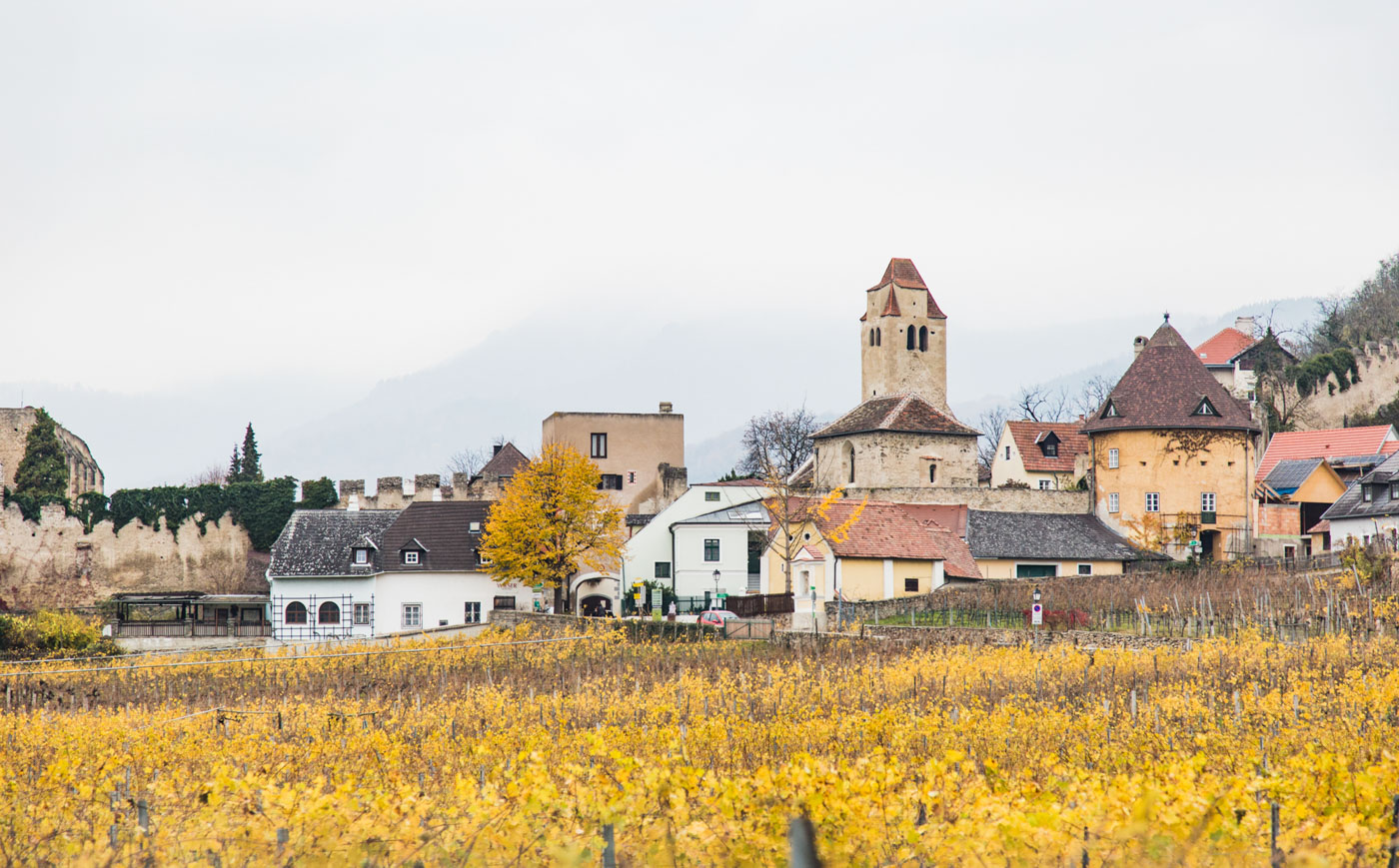
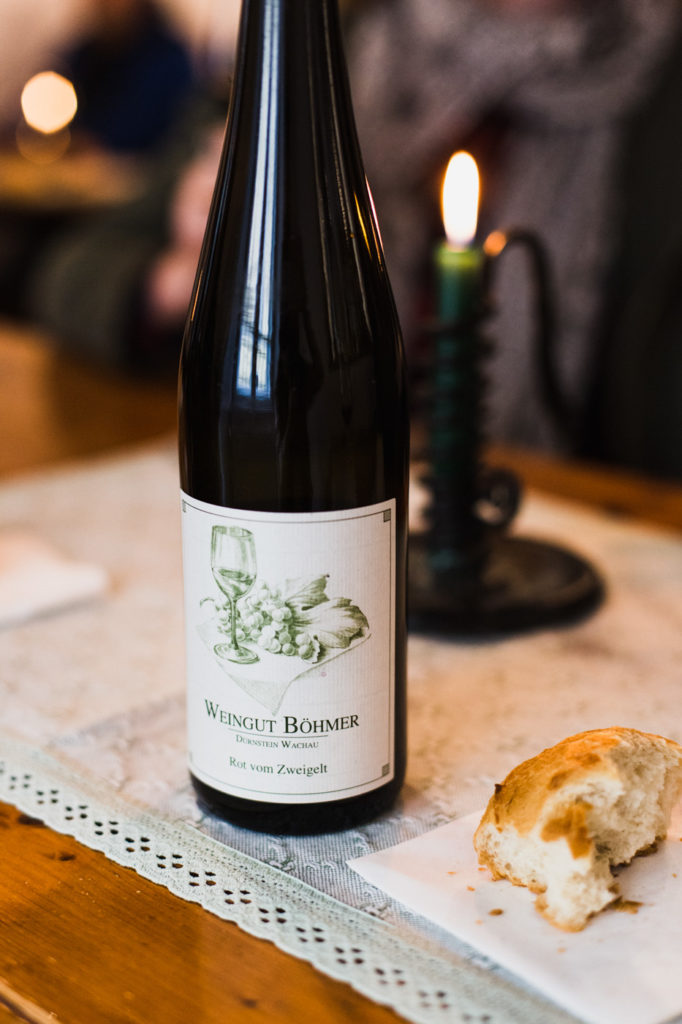

“At the start of the nineteenth century, apricots became an enormously important alternative after the Phylloxera wine louse [devastated over] ninety-five percent of the vineyards,” Wicke begins. “People lost their income source and had to watch out for alternatives. This is why winemakers and apricots in the area are deeply, emotionally connected.”
It turns out that the same old soil—some of which is dated at almost 600 million years old—that produces high quality veltliner and riesling vines is also able to produce a supreme apricot. The Wachau Valley is dominated by metamorphous rocks that, when combined with prehistoric sand and influences from the Danube river, create the optimal condition for growing stone fruit.
“We have a longer vegetation time here,” says Wicke. “In the case of wine, from the time of flowering season to harvest is about one hundred to 110 days. In the case of apricots, [it’s] about ninety to ninety-five days. This together with the soil conditions and temperature differences [creates] the perfect aroma and acid structure of the fruit.”
It’s so perfect, in fact, that there is even a special name for it: Marille. The term “Wachau Marille” is protected by law—a geographical origin comparable to the term “champagne.” To prolong enjoyment of the mature fruit, Marille brandies, liqueurs, chocolates, preserves and kernels line the shelves of almost every small shop in Durnstein. It’s a simplicity of product that speaks to the superiority of the raw material.
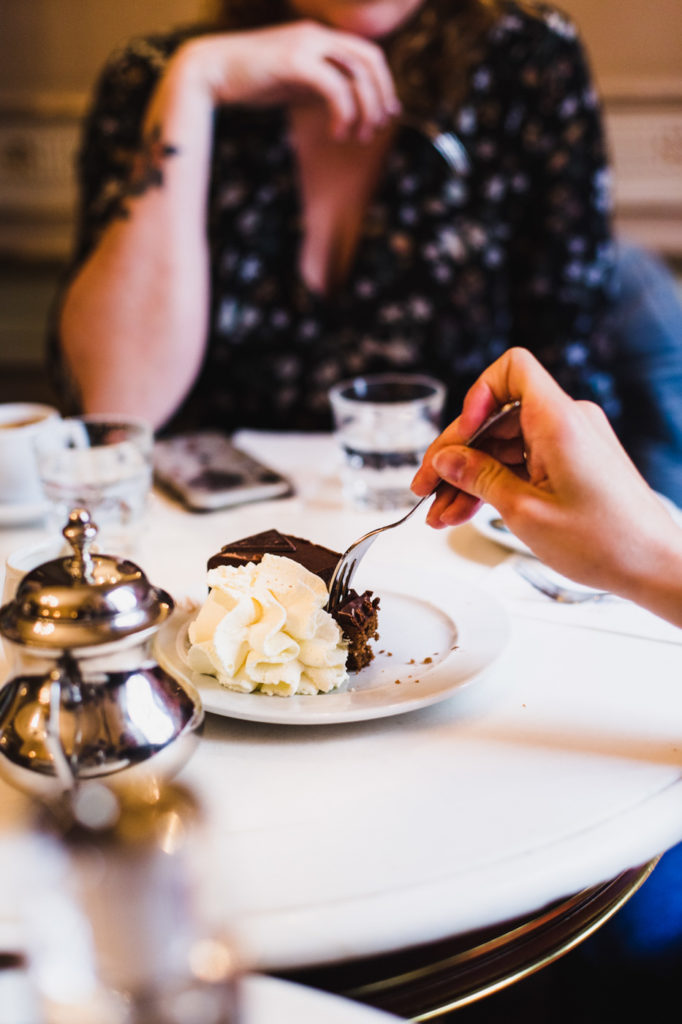
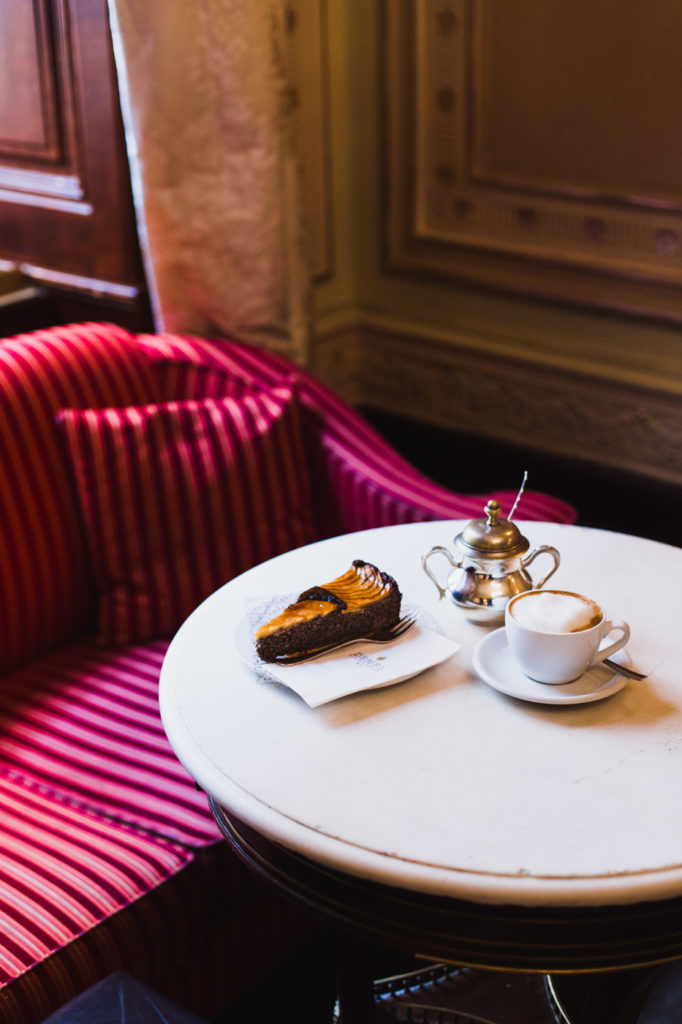
Back on the AmaLea, it makes sense that Tanase would go to great lengths to direct a memorable, regionally-inspired culinary program. From the Marille jam served with breakfast to the Sacher torte on order for dessert, the entire AmaLea kitchen staff embodies the idea that what you eat should reflect where you are. In this case, it’s sweet to be small.
Editor’s Note: This story was produced in collaboration with AmaWaterways who provided travel accommodations to our team. Melodies of the Danube operates two different tours, one that can also include a dedicated wine host. Click here for 2019 and 2020 sailing dates.





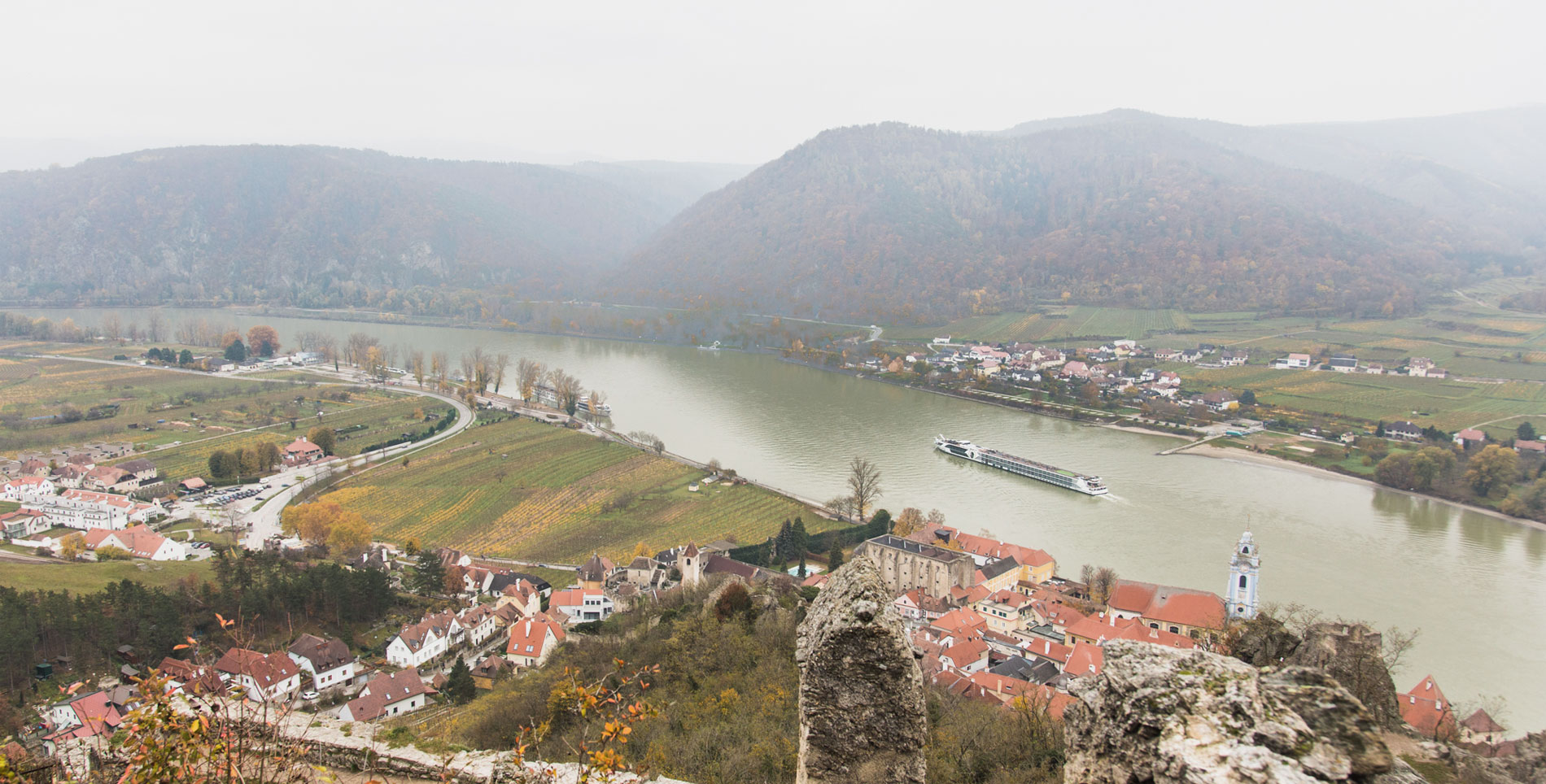

Our comments section is for members only.
Join today to gain exclusive access.